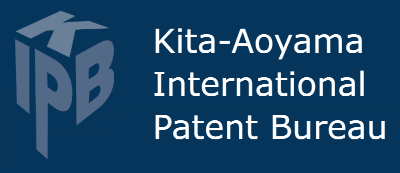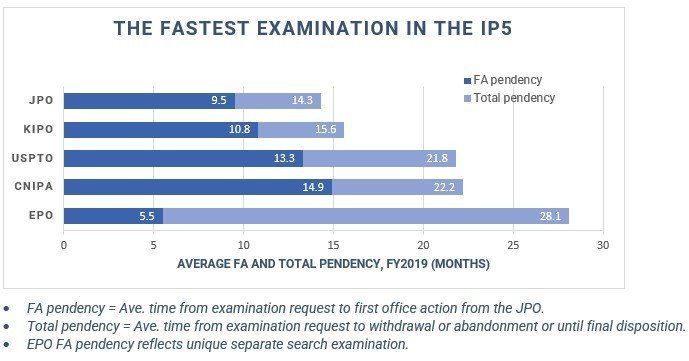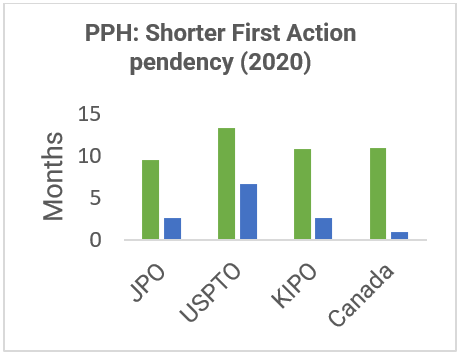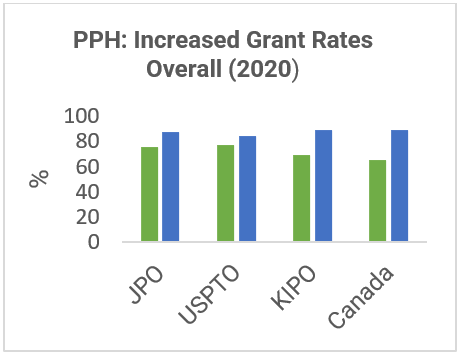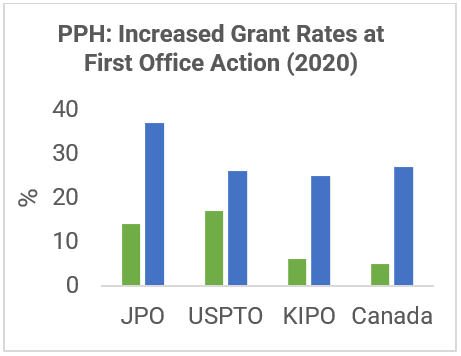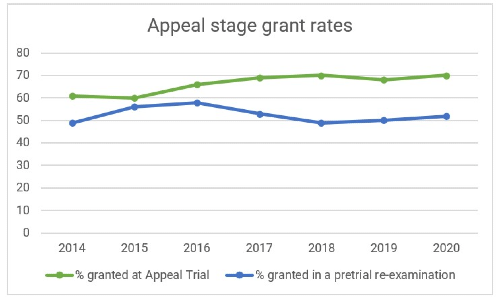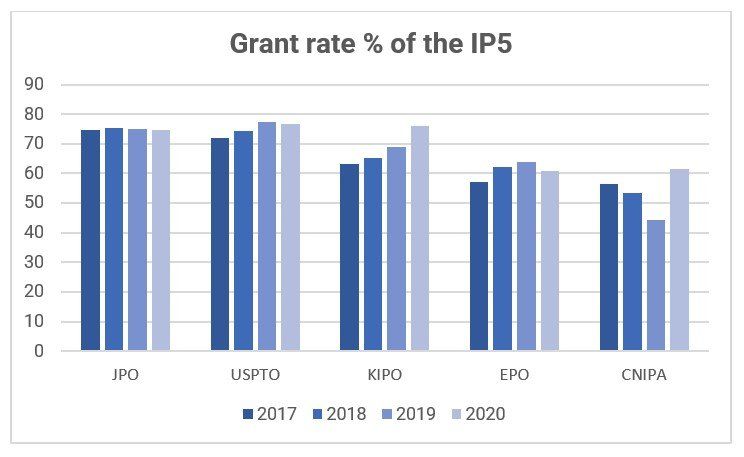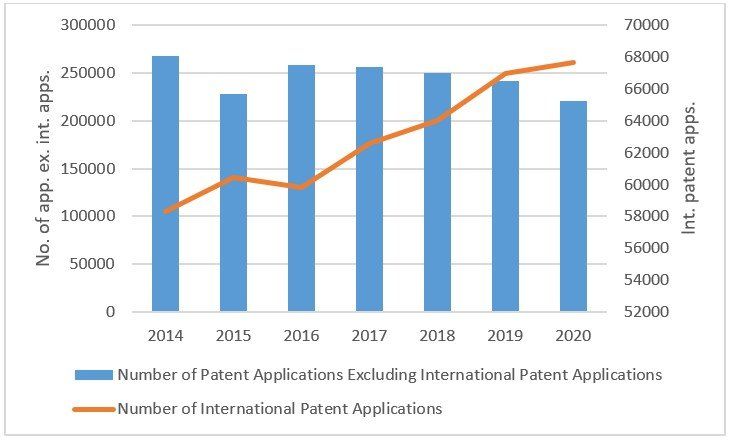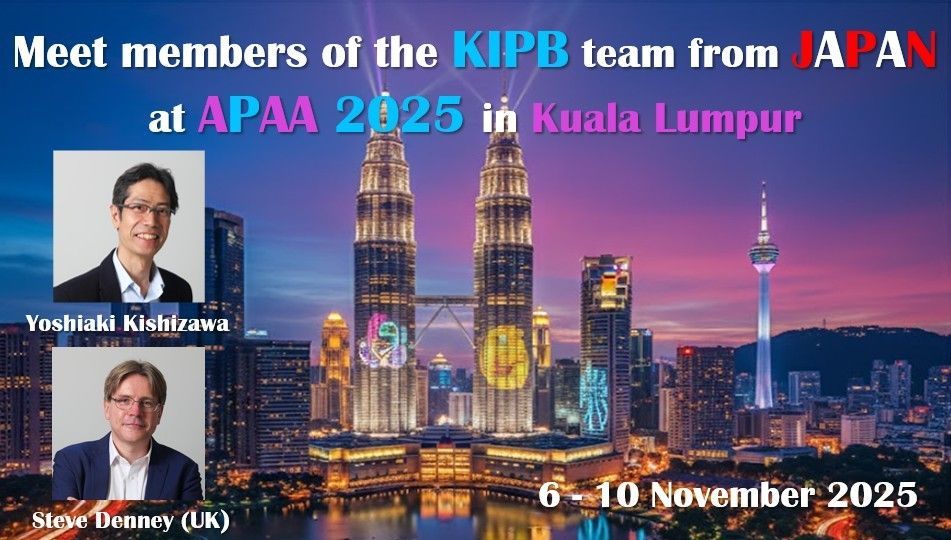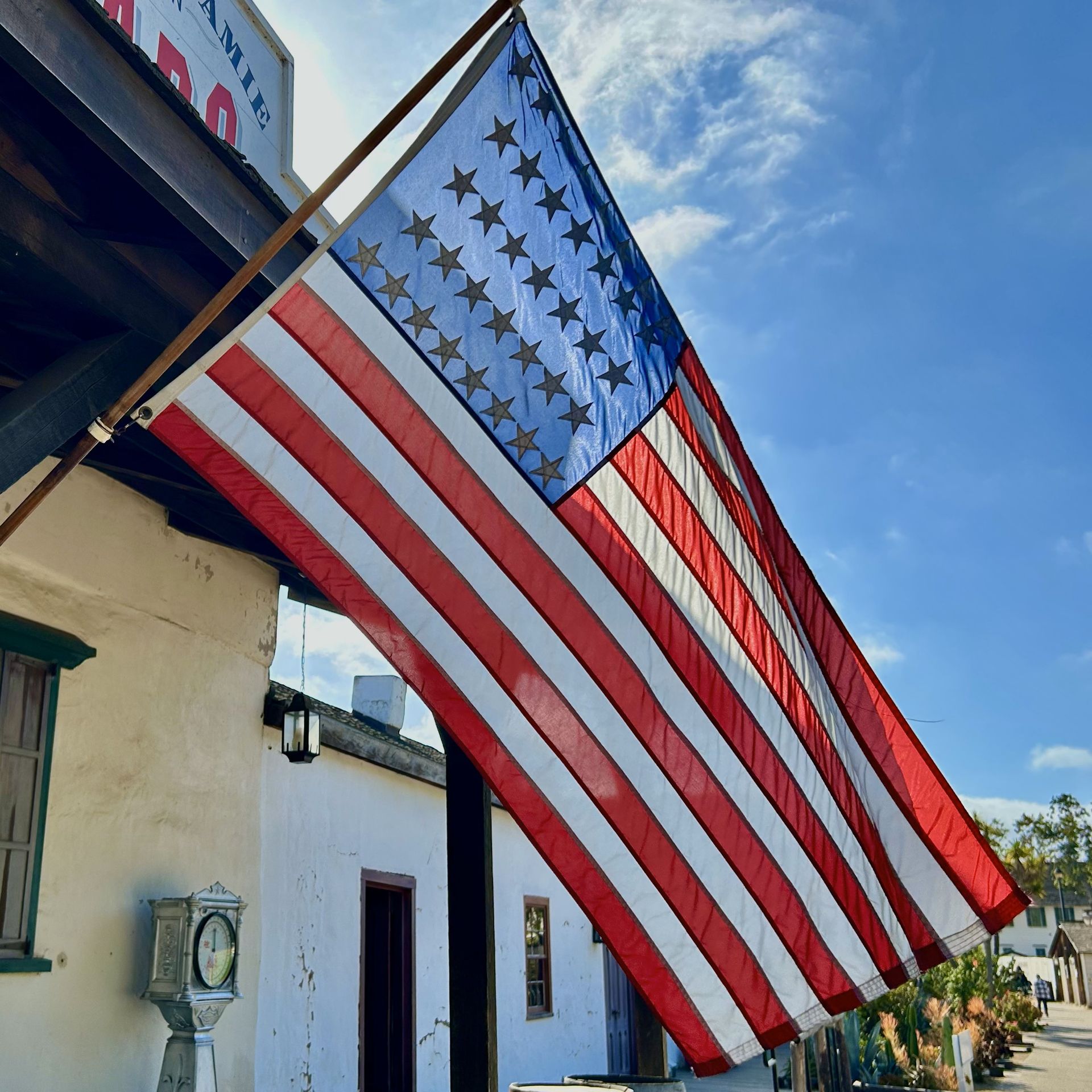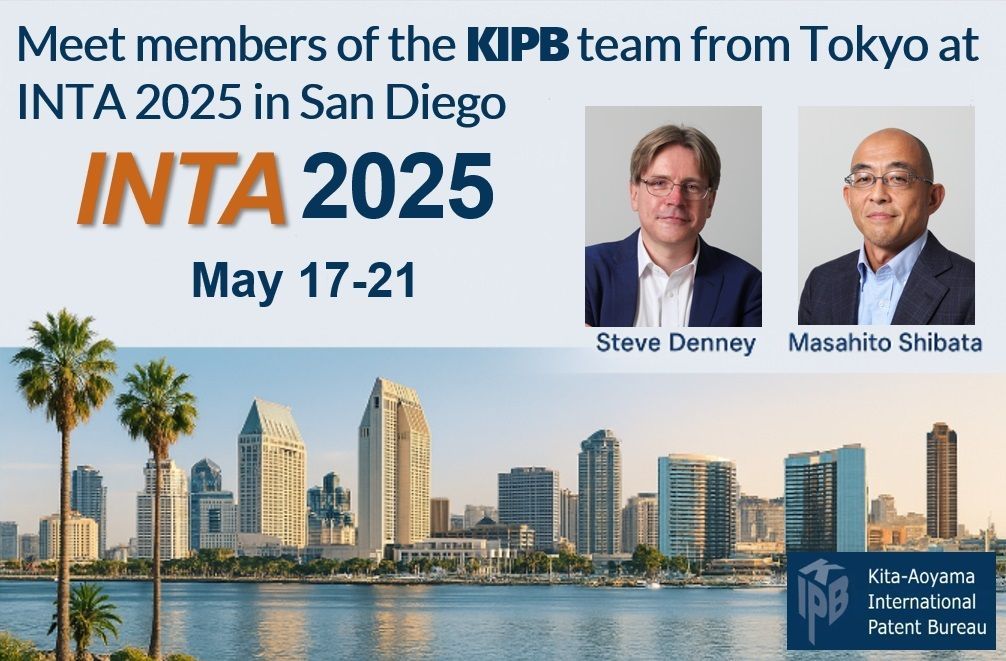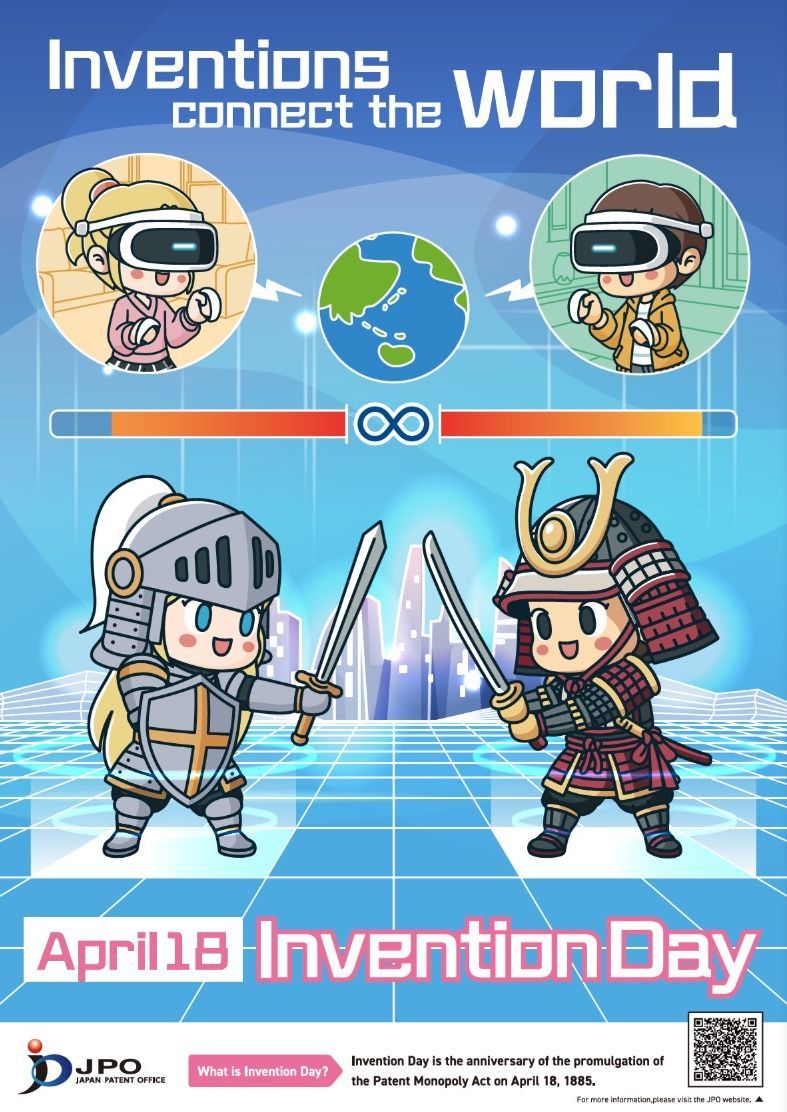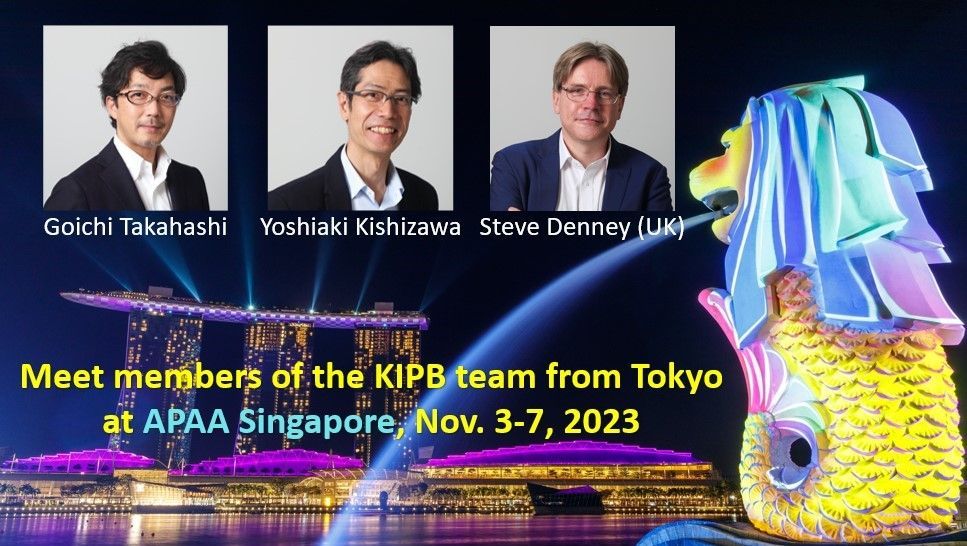Positive IP trends in Japan for overseas applicants
In 2014, the Japan Patent Office set an ambitious goal – to establish the Japanese IP system as the international gold-standard for competitiveness and quality. Despite the global economic setbacks caused by Covid-19, this goal is being realized – as evidenced by the figures presented below.
Two key aims of the JPO's policy have been to achieve the World's Fastest and highest quality in patent examination, as well as the further internationalization of the IP system. To this end, the JPO has focused on measures that will maintain the speed of examination, grant the highest quality rights and deepen cooperation and collaboration with other IP offices through multinational frameworks like the Patent Prosecution Highway and international examiner programs.
Faster Examination Speed
The JPO has succeeded in reducing the average examination times until first and final decisions to the shortest in the IP5 jurisdictions (US, China, Japan, Korea and Europe). Reasons for this success include: increasing the availability and quality of examiners, outsourcing prior art searches to specialists in the private sector, and the development of a patented Search System using AI for retrieval of prior art worldwide.
Accelerated Examination
The JPO also offers Accelerated Examination and Super Accelerated Examination for applications filed internationally and/or by SMEs and research institutes, etc. Average time till first office action (FA pendency) in 2020 was 0.9 months and 2.7 months respectively.
PPH - International Cooperation on Examination
First initiated between the JPO and USPTO in 2006, the Patent Prosecution Highway (PPH) is a collaborative patent acceleration program under which an application determined to be patentable in a jurisdiction of first filing may undergo faster examination in a second office by simple procedure upon the applicant’s request. The JPO now has PPH agreements with over fifty countries, including a new collaboration with the French IP office signed this year.
The latest figures show that filing via PPH reduces FA pendency and increases patent grant rates. This in turn lowers all round filing costs due to the quicker turnaround and lower number of actions.
Green = normal application
Blue = PPH application
Favourable Appeal System
The applicant-friendly attitude of the JPO is also evident at the appeal stage. In 2020, around 50% of all applications rejected at the examination stage were subsequently granted in a pretrial re-examination conducted by the original examiner (automatically initiated whenever appeal stage amendments are made.) Furthermore, 70% of those applications rejected in the pretrial re-examination were allowed at the appeal trial proper (conducted by 3 or 5 new examiners).
Consistently High Grant Rates
Consistently high patent grant rates compared to the IP5 is more evidence of the JPO's drive to achieve the fastest and highest quality examination. The overall grant rate has been around 75% for the past 4 years (up from 55% ten years ago.) The JPO intends to maintain a consistently high grant rate over the long-term, giving applicants more certainty in planning their IP strategies.
Improvements to Quality of Rights
The JPO has also recognized that positive trends in terms of examination expediency and grant rate should not negatively impact on the quality of rights. The JPO's strategic vision places particular emphasis on the need for patent rights to be strong, so they cannot easily be overturned; broad, for the widest coverage possible; and useful, so they can be commercially applied.
Other contributory factors to the JPO's high quality of examination - and thus most valuable protection - include the following initiatives.
Quality Management Framework
The JPO has implemented a new quality management framework for greater consultation and cross-checking between examiners. More recently, the JPO has sought ways for collaborative examinations between teams of examiners across multiple filings and IP types in a single applicant's IP portfolio. Collective examination can be requested by applicants, ensuring timely acquisition of reliable rights.
Examiner Interviews
The JPO is also actively encouraging interview examinations to facilitate communication and understanding between examiners and applicants. The system is much more user-friendly than in previous years, and examiners are more willing to take another look at objections and suggest allowable claims. In response to the Covid-19 pandemic, the JPO not only conducts interviews at their offices, but also on-site and online via video conferencing with applicants located anywhere in the World.
Evidence of the continued improvement in examination quality and the rights that applicants can achieve is borne out in user satisfaction surveys conducted by the JPO, such as the one below targeting Japanese and foreign businesses, and Japanese agents of foreign applicants.
JPO Fee Reduction for Small Businesses and Universities
The realization of the JPO's policy objectives makes Japan an ideal place for overseas business and SMEs to pursue their international IP strategies. To encourage more such applicants, the JPO has also introduced a more advantageous examination and maintenance fee reduction scheme for start-ups, small business, research facilities and individual inventors. Qualification for the scheme – which reduces fees to half or third of normal fees - does not usually require any documentary evidence. Many of KIPB's international clients have taken this opportunity.
Increases in International Applications in Japan
Whilst the number of patent applications in Japan filed by domestic applicants continues to decline slowly for a number of reasons, the total of international patent applications under PCT that designate Japan for national phase entry continues to rise. These trends possibly reflect strategic moves by international businesses focusing on obtaining rights of greater quality and global reach rather than just broad-based and local rights.
Uptick in Utility Model Filings
The overall number of newly filed utility models in Japan also jumped 14% in 2020 over 2019. This has reversed a 7-year downward trend, which may partly be down to applicants choosing to file utility models instead of full patent applications due to concerns about the economic impact of the global pandemic. Utility models are cheaper and quicker to grant than patents and do not have to go through examination (though protection and enforcement is not as strong.)
Japan - First Port of Call for your IP
With its fast and high-quality examination, stable grant rate, and broad and reliable rights, KIPB Japan believes that Japan will continue to be a patent hub of choice for innovative global businesses planning to widen their international patent coverage to other jurisdictions with the best protection possible.
*Above figures compiled from the following sources:
The Japanese cabinet office’s Intellectual Property Strategic Program 2014

